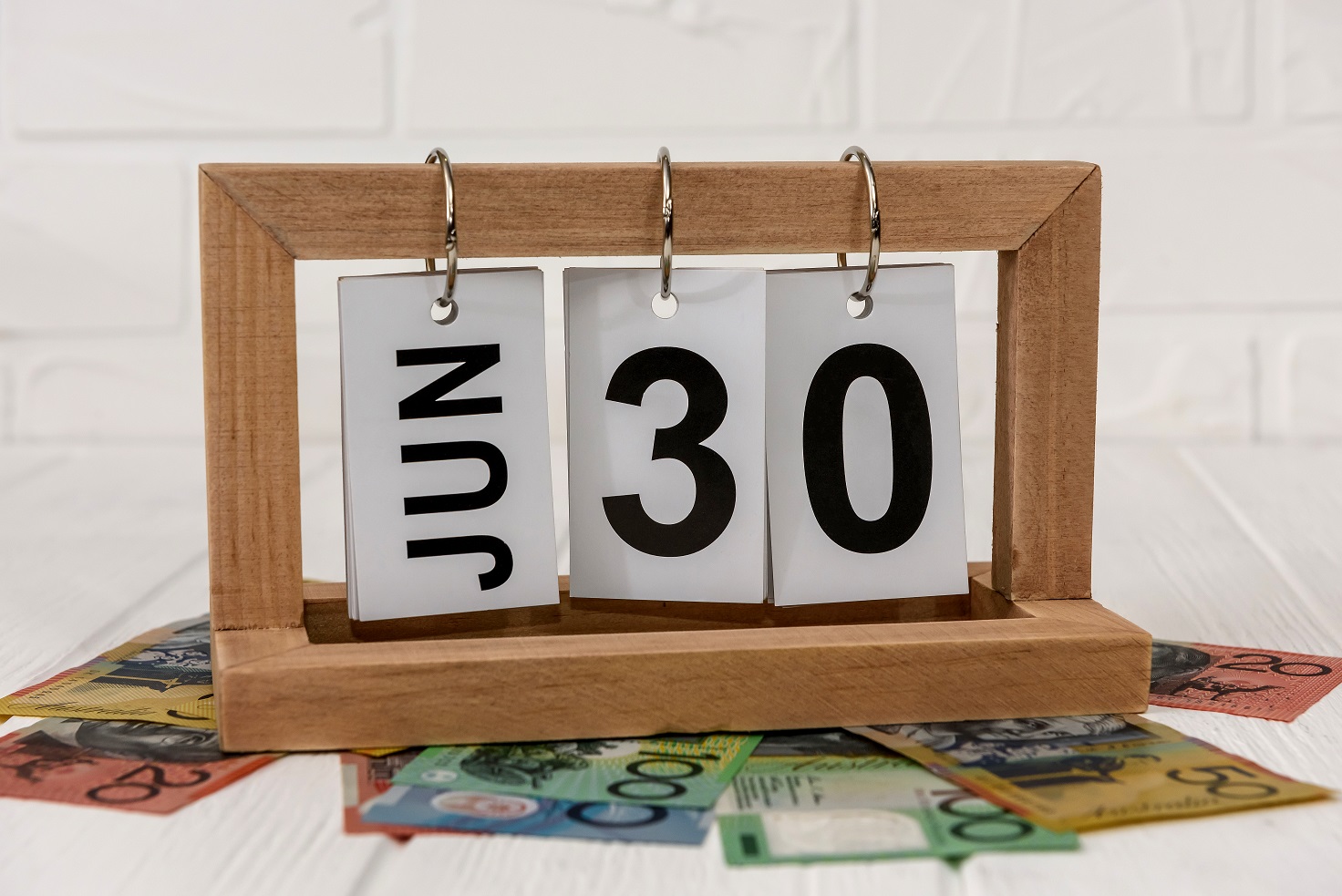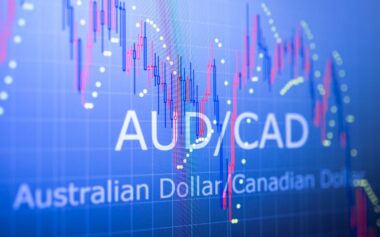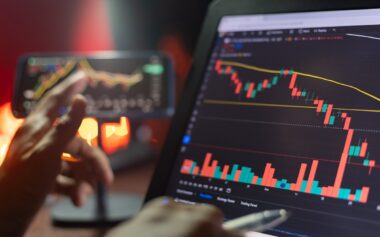End of Financial Year Forex Trading:

Tax Strategies & Market Opportunities for Aussie Traders
(June 2025)
The final week of June brings unique challenges and opportunities for Australian forex traders.
As the financial year ends, traders are making strategic moves to optimise their tax positions. They are also capitalising on seasonal market patterns.
This period sees increased volatility in AUD pairs as corporations adjust their books. Important tax considerations could impact your trading results for years to come.
For Australian traders, understanding EOFY dynamics is key. It can mean the difference between a stressful tax season and a profitable transition into FY2026.
Whether trading AUD/USD professionally or managing a part-time forex account, this guide covers everything you need to know about trading through the EOFY period.
Why June’s Final Week is Different for Forex Traders
The last week of June is a perfect storm of market-moving events for Australian traders.
Institutional investors rebalance portfolios, multinational companies repatriate overseas earnings, and tax considerations influence trading decisions.
These factors combine to create trading opportunities you won’t see at other times of year.
During this period, the Australian dollar often experiences heightened volatility against major counterparts.
AUD/USD in particular tends to see exaggerated moves as liquidity fluctuates.
The pair has shown an average daily range 18% wider than normal during EOFY weeks over the past five years, according to RBA data.
This volatility presents both risk and opportunity for prepared traders.
Tax-Smart Trading Moves Before June 30
With the tax deadline looming, now is the time to review your trading activity and make strategic decisions.
The ATO treats forex trading differently depending on whether you’re classified as an investor or trader. Your first step should be understanding which category applies to you.
Traders running a forex business can claim deductions for expenses like trading platform fees, market data subscriptions, and even educational courses that improve your trading skills.
These deductions can significantly reduce your taxable income, but you’ll need proper documentation.
Make sure you have records of all trades, including entry/exit prices and timestamps, as well as receipts for any claimed expenses.
One important EOFY strategy involves realising losses on underperforming positions.
If you have trades that are unlikely to recover, closing them before June 30 allows you to offset those losses against profits for tax purposes.
Yet, beware of the ATO’s “wash sale” rules – you can’t simply repurchase the same position immediately after claiming the loss.
How Fiscal Year-End Affects AUD Currency Pairs
The EOFY period creates unique flows in AUD crosses that traders can anticipate and potentially profit from.
Many Australian corporations convert foreign earnings back to AUD to bolster their financial statements, creating predictable demand for our dollar.
This often leads to AUD/USD strength in late June, with dividend payments from ASX-listed companies adding to the effect.
Yet, this year presents some complications.
With US interest rates remaining elevated and the RBA potentially pausing its tightening cycle, the typical AUD strength may be muted.
Traders should watch key levels on AUD/USD, with the 0.6650 support zone being a critical level.
A break below this level could signal deeper losses as new financial year positioning begins.
AUD/JPY presents another interesting opportunity during this period.
Japanese fiscal year-end in March creates similar flows, and the June quarter-end often sees position adjustments from Asian institutions.
The pair’s sensitivity to risk sentiment makes it volatile during periods of portfolio rebalancing.
Trading Strategies for Late June Volatility
The EOFY trading period brings increased liquidity and volatility, necessitating a shift in trading strategies.
Successful traders often scale back their position sizes but increase profit targets to account for the larger price movements.
Adopting a 1:3 risk-reward ratio is more effective than the standard 1:2 during these volatile times.
Focus on breakouts from the Asian session range during the London open.
These breakouts are more reliable due to the high volume of orders hitting the market.
Wait for price confirmation beyond the Asian session high or low, then enter with a stop on the other side of the range.
Fading extreme moves later in the week is another strategy.
When AUD/USD experiences an unusually large spike, institutions often take profits, creating pullback opportunities.
These mean-reversion trades are effective when the move isn’t supported by fundamental news.
ATO Checklist for Forex Traders
As June 30 approaches, ensure you’re prepared for tax time with this checklist:
- Trade Records – Have complete records of all 2024-25 trades, including dates, amounts, and profit/loss calculations
- Expense Documentation – Gather receipts for all trading-related expenses (platform fees, education, equipment)
- Classification Review – Confirm whether you’re classified as an investor or trader (this affects deductions)
- Capital Gains – Calculate your total capital gains/losses for the year
- Professional Advice – Consider consulting a tax professional familiar with forex trading rules
If you’re classified as a trader (running a business), you may deduct home office expenses and other costs not available to investors.
The ATO considers trading frequency, size, and business-like organisation when making this determination.
Preparing for FY2026 Trading
While focusing on closing out FY2025, smart traders are planning for FY2026. Use this time to:
- Review your trading results to identify which strategies worked best
- Analyse losing trades to spot recurring mistakes
- Set realistic profit targets and risk parameters for FY2026
- Consider any system adjustments needed based on changing market conditions
Many traders find value in conducting a formal annual review of their trading journal.
Look for patterns in your winning and losing trades – you might discover that certain currency pairs or times of day consistently perform better for your strategy.
Key Trading Opportunities to Watch
Several specific events typically occur in the final week of June that can move markets:
- Quarter-End Portfolio Rebalancing – Funds adjust holdings, often buying underperformers and selling winners
- AUD Corporate Repatriation – Companies bring overseas earnings home, boosting AUD demand
- Window Dressing – Institutional traders adjust books to present optimal holdings
- Liquidity Fluctuations – Thinner markets can exaggerate moves as major players step away
For AUD/USD traders, the 0.6725 level will be critical to watch.
This represents both a psychological round number and a point where several technical indicators converge.
A sustained break above this resistance could signal continued strength into the new financial year.
Final Tips for EOFY Trading Success
- Stay Disciplined – Don’t let tax considerations override your trading rules
- Watch Liquidity – Be prepared for sudden gaps or widened spreads
- Focus on Quality Setups – Not every volatility spike is a trading opportunity
- Manage Risk Carefully – Consider reducing position sizes during this unpredictable period
- Document Everything – Good records now mean less stress at tax time
By understanding these EOFY dynamics, Australian traders can navigate this period with confidence.
The combination of tax planning and market awareness creates opportunities not available at other times of year – for those who know how to capitalise on them.
For traders looking to improve their skills ahead of the new financial year, The Trading Coach offers tailored programs to help Australian traders develop consistent profitability.
Our approach focuses on practical strategies that work in real market conditions, not just theoretical concepts.
Disclaimer
This article provides general information only and does not constitute financial or tax advice. Consult a qualified professional for advice specific to your situation. Trading forex carries risk of loss and may not be suitable for all investors. Past performance is not indicative of future results.


















